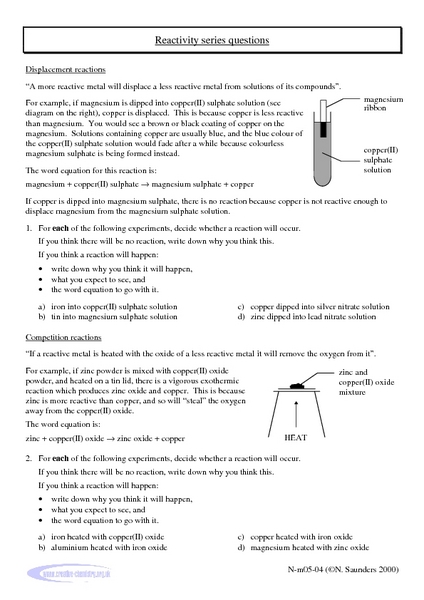

Connelly Real-World Cases in Green Chemistry ACS, Washington, 2000.ġ998 PGCCA Winner: Professor Barry M. Stay “tuned” as you will see these discussed in subsequent Principles of Green Chemistry.Ītom Economy: A Measure of the Efficiency of a Reaction.

These materials usually make up the bulk of the material input, and thus we must also account for the waste that is produced from them. However, as those of us who have run a chemical reaction know, we usually use other materials such as solvents and separating agents during a synthesis. Imagine telling your mom you baked a cake and threw away half the ingredients! Thus chemists must not only strive to achieve maximum percent yield, but also design syntheses that maximize the incorporation of the atoms of the reactants into the desired product. Simply put, even if our percent yield is 100%, only half the mass of the reactants atoms are incorporated in the desired product while the other half is wasted in unwanted by-products. The percent atom economy is simply the formula weight of the desired product(s) (compound 4, 137 g/mol) divided by the sum of the formula weights of all the reactants (275 g/mol), which gives 50% in this case.

% Atom Economy = (FW of atoms utilized/FW of all reactants) X 100 = (137/275) X 100 = 50% Using the Right Green Yardstick: Why Process Mass Intensity Is Used in the Pharmaceutical Industry to Drive More Sustainable Processes Concepcion Jimenez-Gonzalez, Celia S. Ritter, Chemical & Engineering News, 90(22), May 28, 2012. Pharma Strives for Green Goals, Stephen K. “ Green Chemistry in the Redesign of the Sertraline Process” and Professor Yi Tang, University of California, Los Angeles “ An Efficient Biocatalytic Process to Manufacture Simvastatin”Ģ002 PGCCA Winner: Pfizer, Inc.

So, it is important to extend the impressive results achieved by the ACS GCIPR to all parts of the drug industry, especially the biopharma and generic sectors, as well as to other sectors of the chemical enterprise where synthetic chemistry is used to produce their products.Ģ012 PGCCA Winner: Codexis, Inc. However, when companies apply green chemistry principles to the design of the API process, dramatic reductions in waste are often achieved, sometimes as much as ten-fold. This is an important roundtable focus because of the historically large amount of waste coproduced during drug manufacturing-more than 100 kilos per kilo of API in many cases. More recently, the ACS Green Chemistry Institute Pharmaceutical Roundtable ( ACS GCIPR) has favored process mass intensity, which expresses a ratio of the weights of all materials (water, organic solvents, raw materials, reagents, process aids) used to the weight of the active drug ingredient (API) produced. My view is the first principle, often referred to as the prevention principle, is the most important and the other principles are the “how to’s” to achieve itĪn often-used measure of waste is the E-factor, described by Roger Sheldon, which relates the weight of waste coproduced to the weight of the desired product. In their publication “ Green Chemistry, Theory and Practice” in 1998, Anastas and Warner introduced their 12 principles. Cue, Jr., Ph.D., BWC Pharma Consulting, LLC. It is better to prevent waste than to treat or clean up waste after it has been created.Ĭontributed by Berkeley W.


 0 kommentar(er)
0 kommentar(er)
